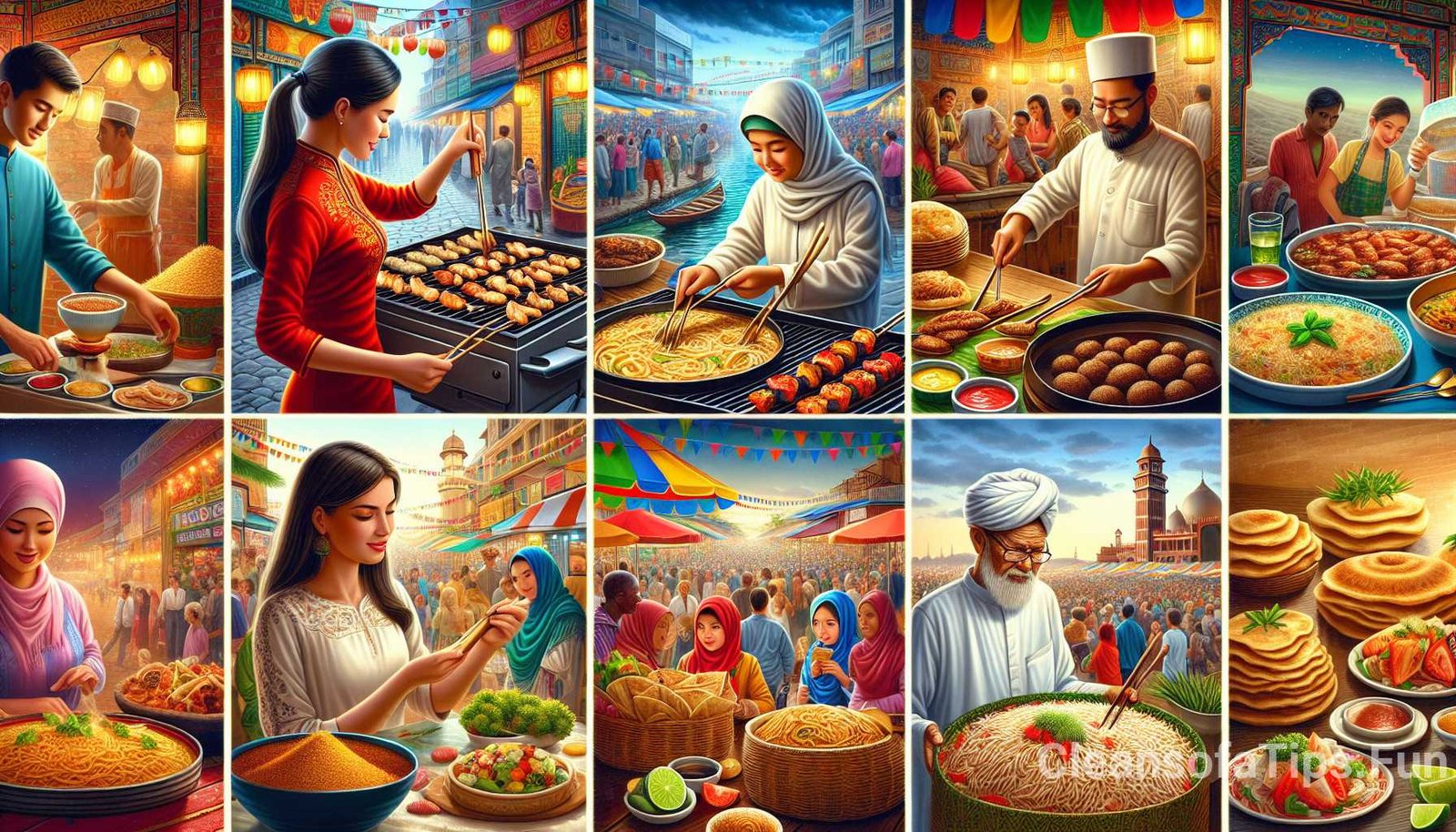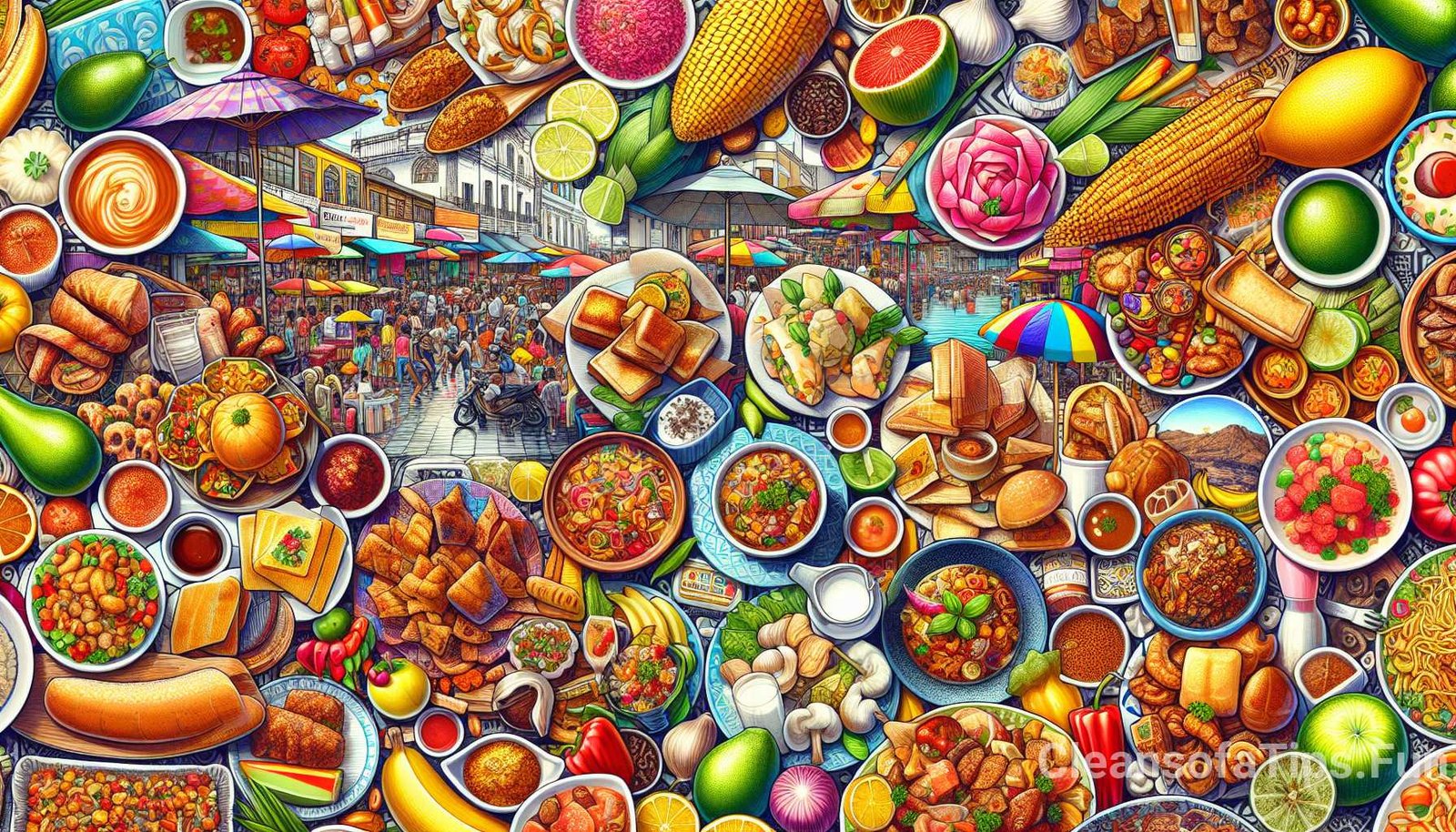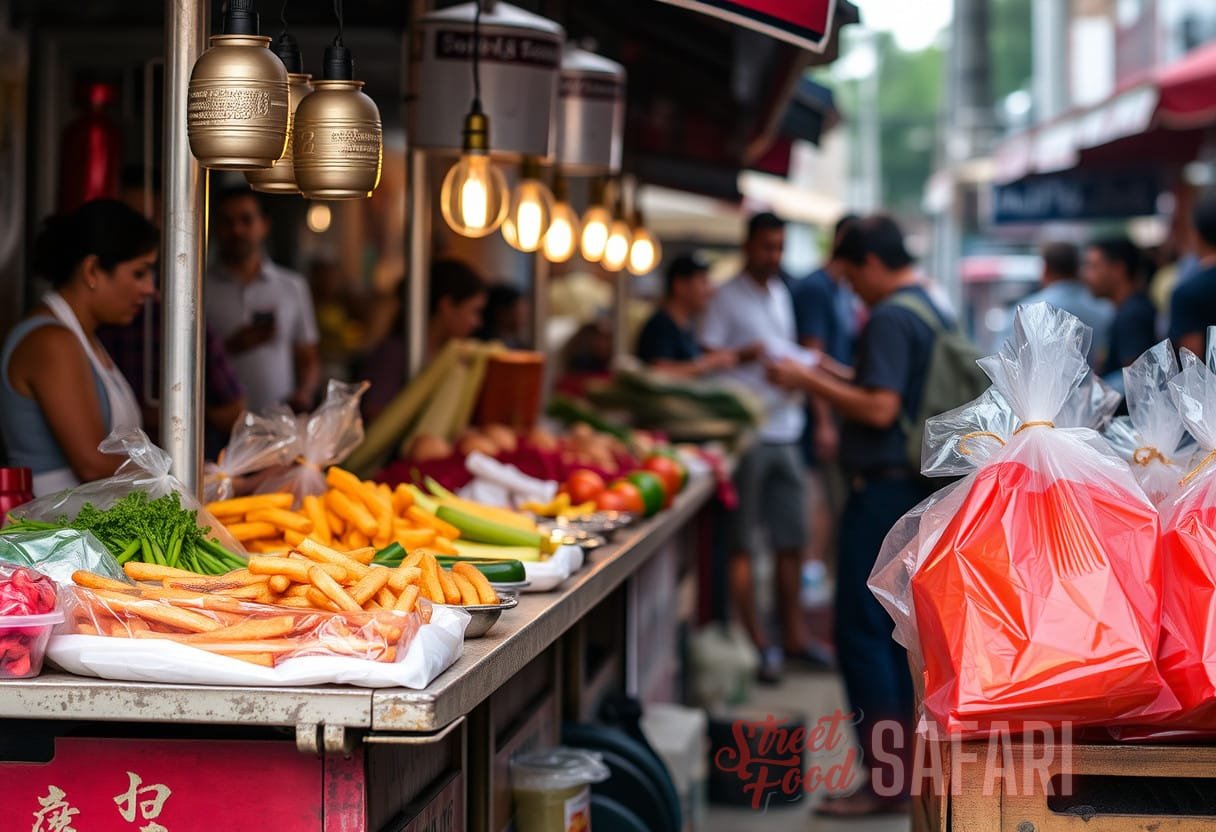Introduction
Global street foods are a feast for the senses, offering a culinary journey through local traditions. From vibrant markets in Mexico City to bustling food stalls in Bangkok, these street foods provide a taste of authentic flavors and cultural experiences. This article will delve into the world of global street foods, exploring their origins, popular dishes, and the cultural significance they hold in different countries.
Origins of Global Street Foods
Street food has a rich history that can be traced back centuries. In many cultures, street food was born out of necessity as a way for vendors to sell affordable and quick meals to workers and travelers. Over time, it evolved to become an integral part of the local food culture.
While the exact origins of street food are hard to pinpoint, it is believed to have existed in ancient civilizations such as Ancient Rome and Ancient China. In Rome, street vendors known as “cibarii” would sell a variety of snacks to the public, including sausages, cheese, and baked goods. Similarly, in ancient China, street food stalls were a common sight in bustling markets, offering a wide range of dishes such as dumplings and noodles.
Street food also played a significant role in shaping the cuisines of different regions. As people migrated, they carried their culinary traditions with them, leading to the fusion of flavors and the birth of new dishes. This cultural exchange resulted in the diverse and vibrant street food scene we see today.
Popular Global Street Foods
Global street foods encompass a wide array of dishes, each representing the unique flavors and culinary techniques of a particular region. Here are some popular street foods from around the world:
- Tacos al Pastor, Mexico: These succulent tacos are a staple of Mexican street food. The marinated pork is cooked on a vertical spit, similar to Middle Eastern doner kebabs, and served with pineapple, onions, and cilantro.
- Pani Puri, India: This popular Indian street food consists of hollow puris filled with a mixture of flavored water, spiced potatoes, onions, and chutney. It offers a burst of flavors and textures in every bite.
- Pad Thai, Thailand: A quintessential Thai street food, Pad Thai is a stir-fried noodle dish that combines rice noodles, shrimp or tofu, bean sprouts, peanuts, and a tangy sauce.
- Pizza al Taglio, Italy: Found in the bustling streets of Rome, pizza al taglio is a rectangular-shaped pizza with a thick crust. It is usually topped with a variety of ingredients such as tomatoes, cheese, and cured meats.
- Banh Mi, Vietnam: This Vietnamese sandwich is a fusion of French and Vietnamese flavors. It consists of a baguette filled with various meats, pickled vegetables, and fresh herbs.
These are just a few examples of the diverse and delicious street foods found across the globe. Each country has its own unique street food culture, reflecting the local ingredients, flavors, and traditions.
The Cultural Significance of Global Street Foods
Global street foods not only offer a glimpse into the local cuisine but also serve as an important cultural symbol. They are often deeply rooted in the history and traditions of a particular region, making them a significant part of the local identity.

In many countries, street food vendors are respected members of the community, passing down family recipes and culinary techniques from generation to generation. They play a crucial role in preserving traditional flavors and cooking methods that might otherwise be lost as modernization takes hold.
Street food also acts as a social equalizer, bringing people from different walks of life together to enjoy a shared gastronomic experience. In crowded street markets, locals and tourists alike can be seen gathering around food stalls, engaging in lively conversations, and savoring the flavors of the local cuisine.
The Impact of Globalization on Street Foods
The rise of globalization has had a profound impact on street foods around the world. While globalization has brought about the integration of different cultures and flavors, it has also led to the homogenization of street food. In some cases, this has resulted in the dilution of authentic flavors and the loss of culinary traditions as vendors cater to a wider audience.
Additionally, the standardization of food safety regulations and hygiene standards has posed challenges for street food vendors. Many street food stalls have had to adapt to new regulations, leading to changes in the way they prepare and sell their dishes. While these regulations are essential for ensuring public health, they can sometimes hinder the authenticity and uniqueness of street food.
Supporting Local Street Food Culture
As consumers, we can play a role in supporting and preserving local street food culture. Here are a few ways we can make a difference:
- Choose local vendors: Opt for street food stalls run by local vendors rather than chains or international franchises.
- Explore street food markets: Visit local street food markets where you can find a variety of vendors, allowing you to sample a wide range of flavors in one place.
- Respect the authenticity: Appreciate the uniqueness and authenticity of street food by embracing different flavors and cooking techniques.
- Spread the word: Share your street food experiences with others to create awareness and promote local food cultures.
Conclusion
Global street foods offer an immersive and delightful culinary journey through local traditions. From the vibrant streets of Mexico City to the bustling markets of Bangkok, street foods provide a taste of authenticity and cultural richness. As we explore the world of global street foods, it is important to appreciate their origins, popular dishes, and cultural significance. By supporting and preserving local street food culture, we can ensure that these culinary treasures continue to thrive for generations to come.
Explore more about the fascinating world of street food on Wikipedia.



